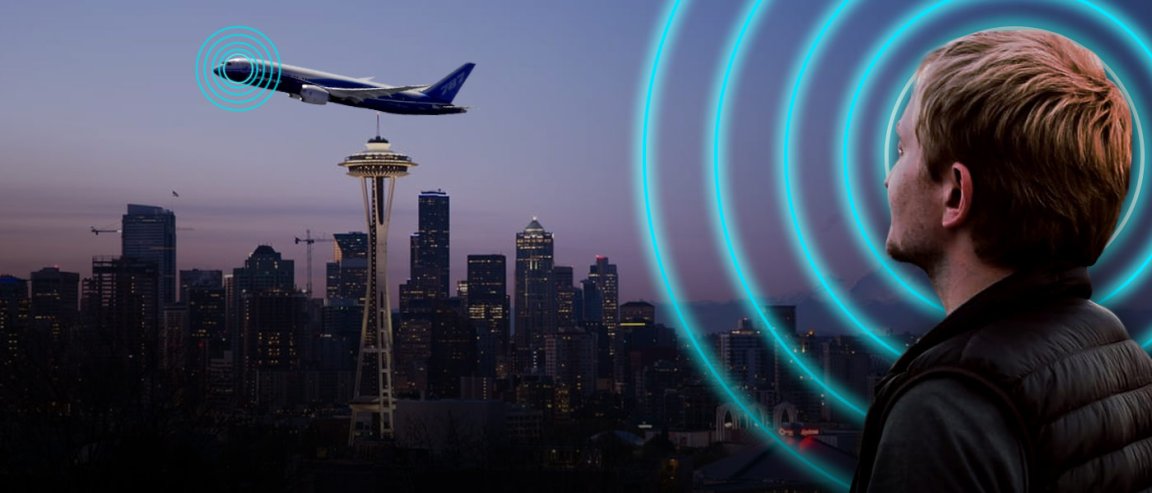
Getting your head in it
There’s been much research done to perfect mind control technology — and no, not the brainwashing kind. Recent developments include a car that could be moved using a person’s thoughts, and several competitions involving mind-controlled drones and robots.
Now, mind control has made its way into airplanes. Santosh Mathan, a neurotechnology researcher from Honeywell Aerospace, developed a system that allows a pilot to control a Beechcraft King Air C90 with just the mind. “We saw control of an aircraft as a nice target in order to develop, refine, and test our neurotechnology,” Mathan says.
According to WIRED’s Jack Stewart, who actually got to try the technology, the system monitors and interprets signals in brain electrical activity that translate to movement commands. Once a pilot is connected to the system using a set of 32 electrodes, he can monitor his brain activity using a brain-computer interface. The pilot focuses on arrows on the interface that will tell the computer what he wants the plane to do.

Working but limited
Mathan and his team developed the system over 12 years, and successfully tested it on a simulator. The actual performance, however, still has some issues. Apparently, the amount of noise and distraction that a pilot is exposed to — air traffic control operators occasionally buzzing the radio, engine noise, the usual air turbulence, etc. — can make it difficult to concentrate on what command you want the plane to do on the interface.
All of this meant that the pilot had to pour tremendous amounts of concentration on the interface, or at least Stewart did. There also isn’t any feedback, apart from the plane actually moving, that the computer has received your commands correctly.
In any case, the fact that a successful flight was accomplished using this system already is a big deal. This technology, once it’s perfected and produced, can facilitate pilots by working as an extra layer of control. “I wouldn’t depend on this to fly a plane in a fast-paced scenario where you’re trying to dodge cliffs or other planes, but it’s definitely an interesting example—how often will it do the right thing within a reasonable amount of time?” says Beata Jarosiewicz, a neuroscientist who worked on the project at Brown and Stanford Universities.
For Mathan, it was enough to see the system working during an actual flight.